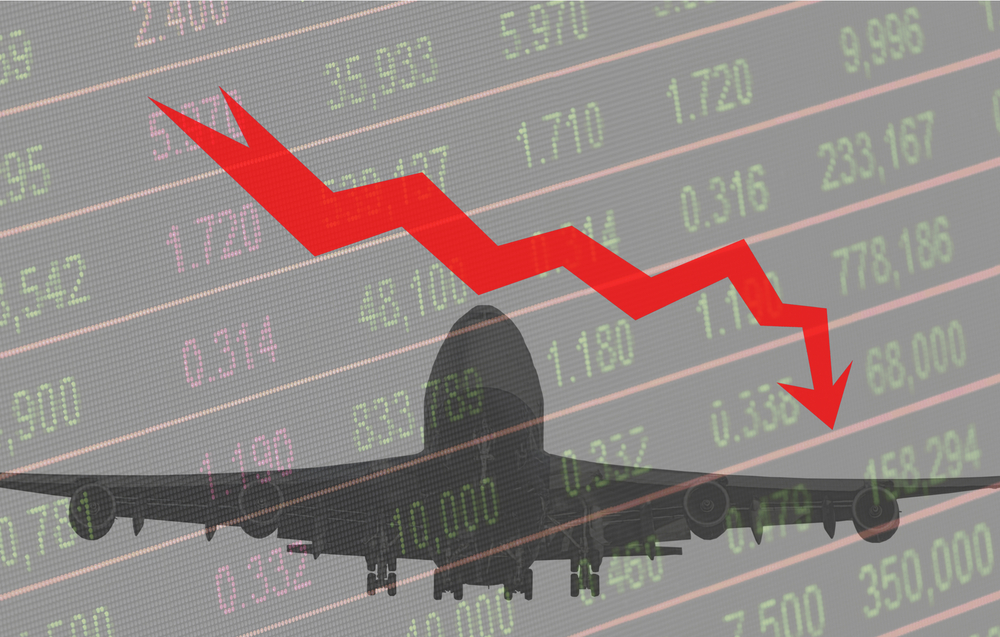
By the end of 2020, the airline industry’s global debt could spike to $550 billion, according to the International Air Transport Association (IATA). This figure is $120 billion than the start of the year.
This debt comes from commercial loans, capital market debt, operating leases, and accessing existing credit facilities.
“Government aid is helping to keep the industry afloat,” IATA Director General and CEO Alexandre de Juniac said. “The next challenge will be preventing airlines from sinking under the burden of debt that the aid is creating.”
Governments have committed $123 billion in financial aid to airlines, including $5 billion in deferred taxes, $12 billion in loan guarantees, and $50 billion in government loans.
Of the $67 billion in aid that airlines must repay, $34.8 billion is wage subsidies, $11.5 billion is equity financing, and $9.7 billion is tax relief/subsidies.
Gaps still exist globally to help airlines survive the COVID-19 pandemic financially.
In the United States, the CARES Act is the main financial aid to North American carriers but represents a quarter of 2019 annual revenues for the region’s airlines.
Assistance in Europe is 15 percent of 2019’s annual revenue, and in Asia-Pacific, it is 10 percent.
In Africa, the Middle East, and Latin America, aid averages 1 percent of revenues.